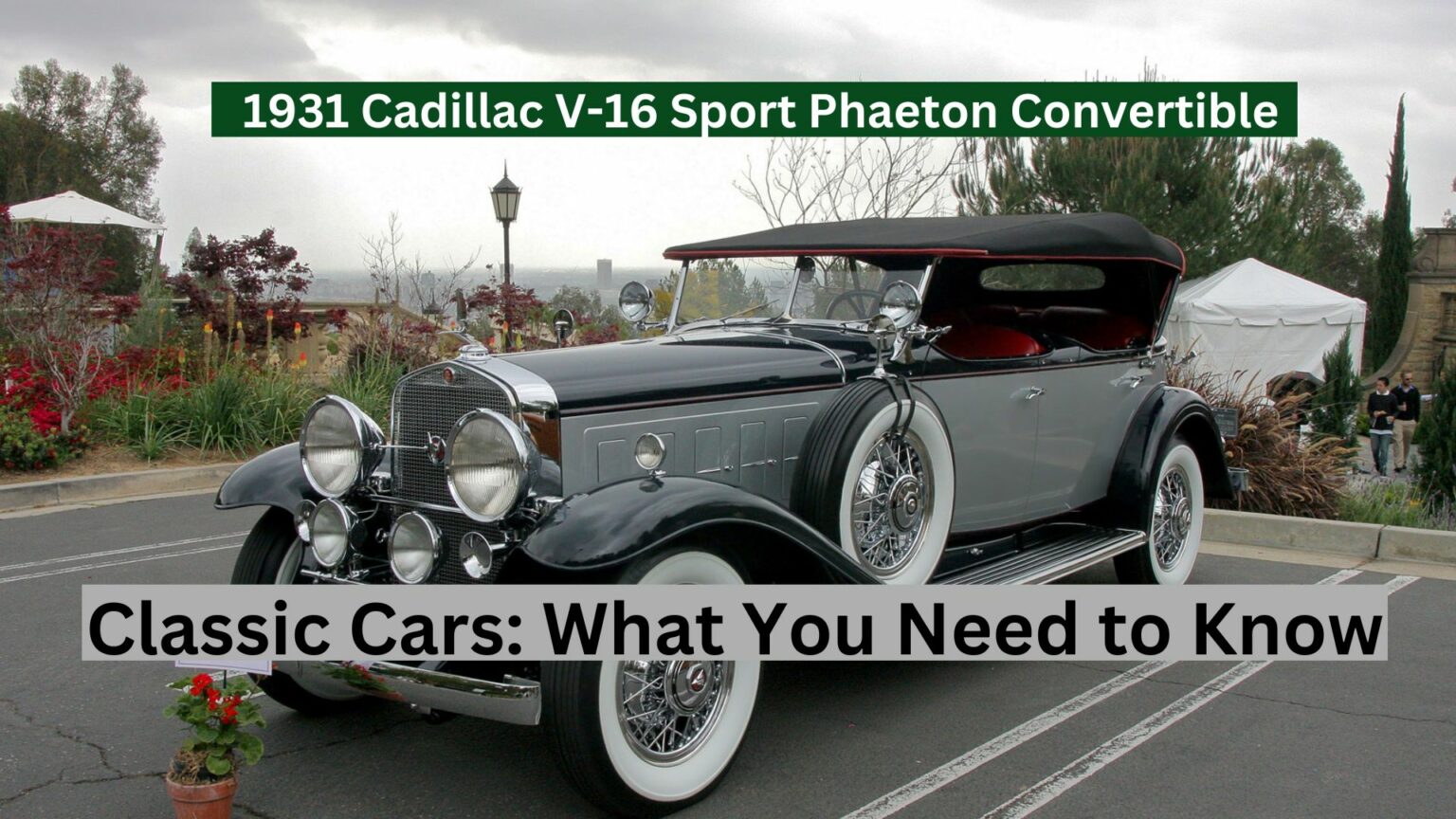Appreciating the Mystique of Vintage Automobiles
What draws us to classic cars? Is it the sleek curves, the roaring engines, or the irreplaceable charm of a bygone era? The answer is all of the above. Classic cars encapsulate history in motion, turning heads and sparking conversations wherever they go. Their allure lies in their beauty, engineering, and emotional resonance.
A classic car is typically defined as a vehicle that is at least 20 years old but not yet an antique. While opinions vary, most enthusiasts agree that a classic car should retain its original design and embody the aesthetics of its time. Organizations like the Classic Car Club of America (CCCA) maintain specific criteria to help identify these gems.
Even though they seem similar, classic and antique automobiles really mean different things. In most cases, a classic automobile is less than 45 years old, whereas an antique car is more than 45 years old. If you want to register, insure, or value your car, this difference is important.
Owning a classic car is like owning a piece of history. These vehicles often remind people of family road trips, first dates, or cultural milestones. Their cultural significance also extends to movies, advertisements, and art, where classic cars symbolize freedom, status, and adventure.
What Qualifies a 20-Year-Old Car as a Classic or Antique? Not every 20-year-old car earns the title of “classic.” Factors like design, popularity, and historical significance play a role. For example, a 2004 Toyota Corolla may lack the charisma to be called classic, but a 2004 Porsche 911? That’s a different story.
What Draws People to Classic Automobiles: The Most Well-Known Classic Cars in the World
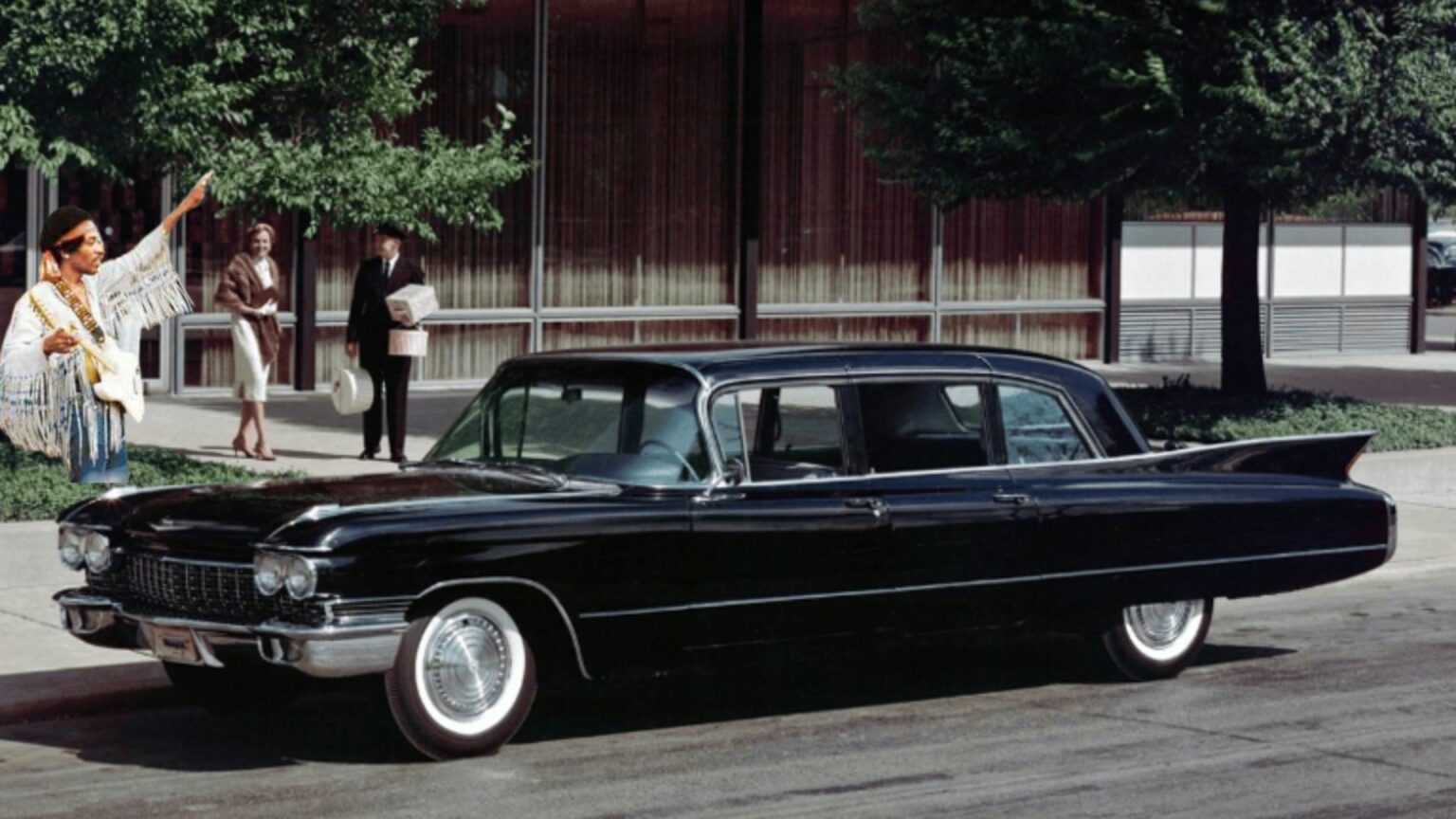
When we talk about classic cars, popularity plays a huge role in what makes them memorable icons. Some cars manage to capture the public’s imagination more than others and for different reasons. Whether it’s power, design, or the sheer nostalgia they evoke, certain models just stand out in a crowd.
Famous people’s vintage vehicles are included in this post. You can view their images next to the correct model.
Consider America’s favorite historic automobile, the 1964.5 Ford Mustang. This stunning automobile represents American automotive heritage. With its rebellious and free-spirited style, it launched the ‘pony car’ class. In talking classic popularity, this Mustang often tops the list.
Now, why do some classic cars become more popular than others? Factors like design, performance, and the era they were built all contribute. Intangibles exist too. Sometimes these vehicles trigger cultural or personal memories, making them almost universally memorable. It’s about striking that chord where a car transcends its mere function and becomes a part of culture.
Due to their powerful engines and tough appearance, muscle cars like the Chevrolet Camaro and Dodge Charger have loyal fans. However, European classics like the Jaguar E-Type and Porsche 911 show off their elegant lines and accuracy.
The popularity of these cars often traces back through decades. Each era has its icons, be it the curvy beauties of the ’50s or the streamlined racers of the ’70s. It’s not just about horsepower and speed, but the story each car tells and its role in automotive history.
Understanding these beloved classics helps us appreciate why they hold such a revered place in our culture. So, keep your eyes peeled at car shows or around town, because who knows, you might just spot the next big icon in waiting.
Choose the Finest Vintage Automobiles of All Time. The "Best" Classic Car Ever Debated
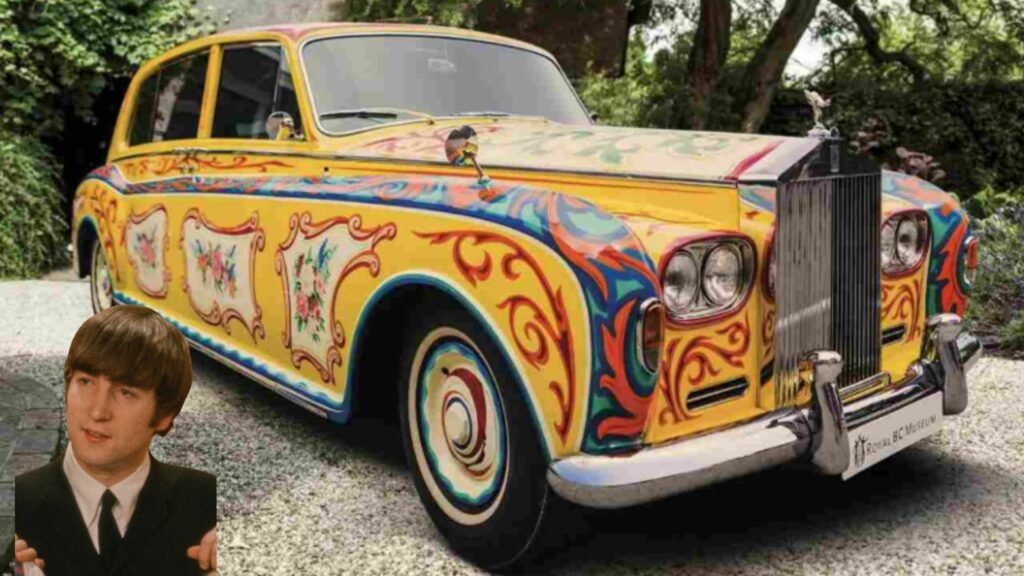
Determining the ‘best’ classic car? Now that’s a tough gig. We’re diving into deep waters here because everyone has their own take on what makes a car the best of the best. It’s not just about age or mileage; it’s everything from design and innovation to the legacy it leaves behind.
Some will argue the Ferrari 250 GTO is the pinnacle of automotive greatness, and they’d have a solid point with its impeccable design and unmatched racing legacy. Others might point to the Volkswagen Beetle, a car that’s almost synonymous with an era, thanks to its quirky shape and ability to mobilize the masses.
When gauging excellence, it’s crucial to weigh up a car’s history and impact. Cars like the Chevrolet Bel Air, for instance, weren’t just about their beauty but the symbol of aspiration and post-war optimism they represented. The perfect blend of innovation, style, and cultural footprint often takes the crown.
The engineering feats some of these cars achieved also bump up their status. The Mercedes-Benz 300SL’s gullwing doors weren’t just about style back in the day; they were a testament to groundbreaking design and the advances in automotive engineering of its time.
Ultimately, proclaiming any single car as the ‘best’ is pretty subjective. It’s shaped by personal experiences, what moves you, and how any of these machines made their mark on the world around them. So maybe what’s worth seeking is that one car that captures your imagination and stands the test of time in your own story.
Compiling these elements, like performance, legacy, design, and even a touch of personal nostalgia, can help you identify your top-tier classic car. Just remember, excellence isn’t just a spec sheet. It’s how these pieces of art make us feel and the stories they help us to tell.
Watch This Video And Learn More About Historic Automobiles
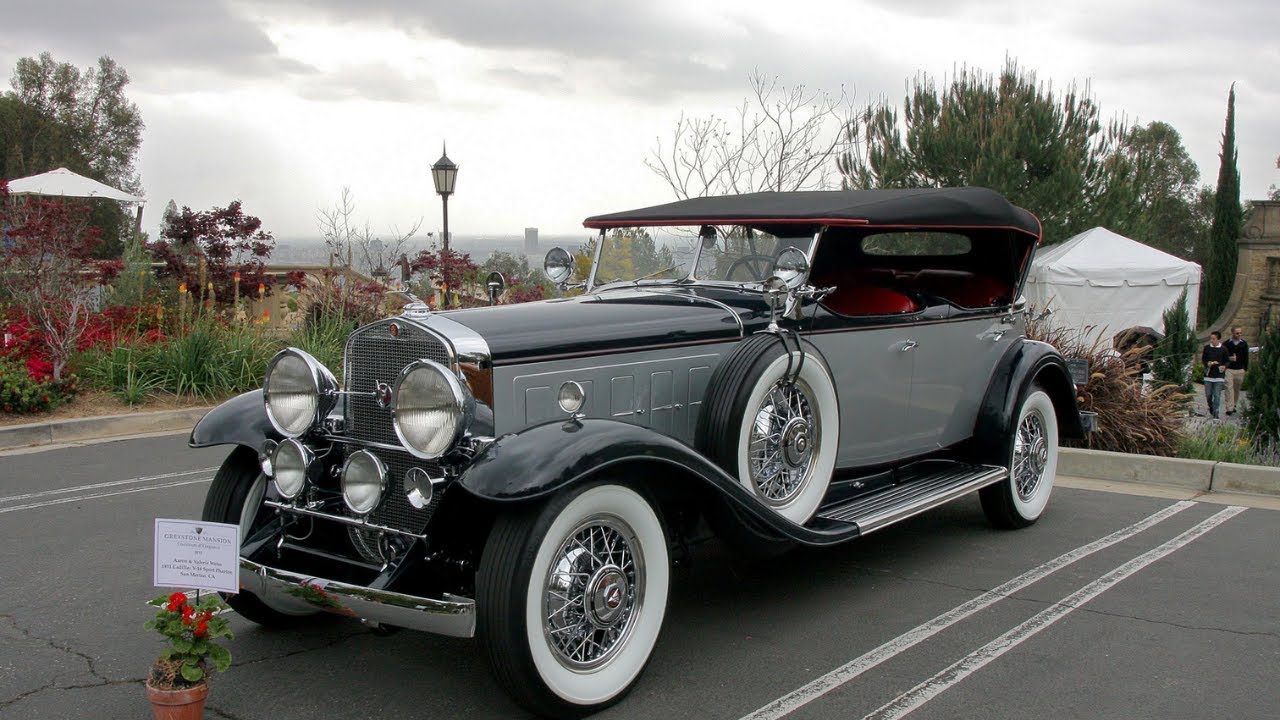
Understanding the Value: What Makes a Classic Car Desirable?
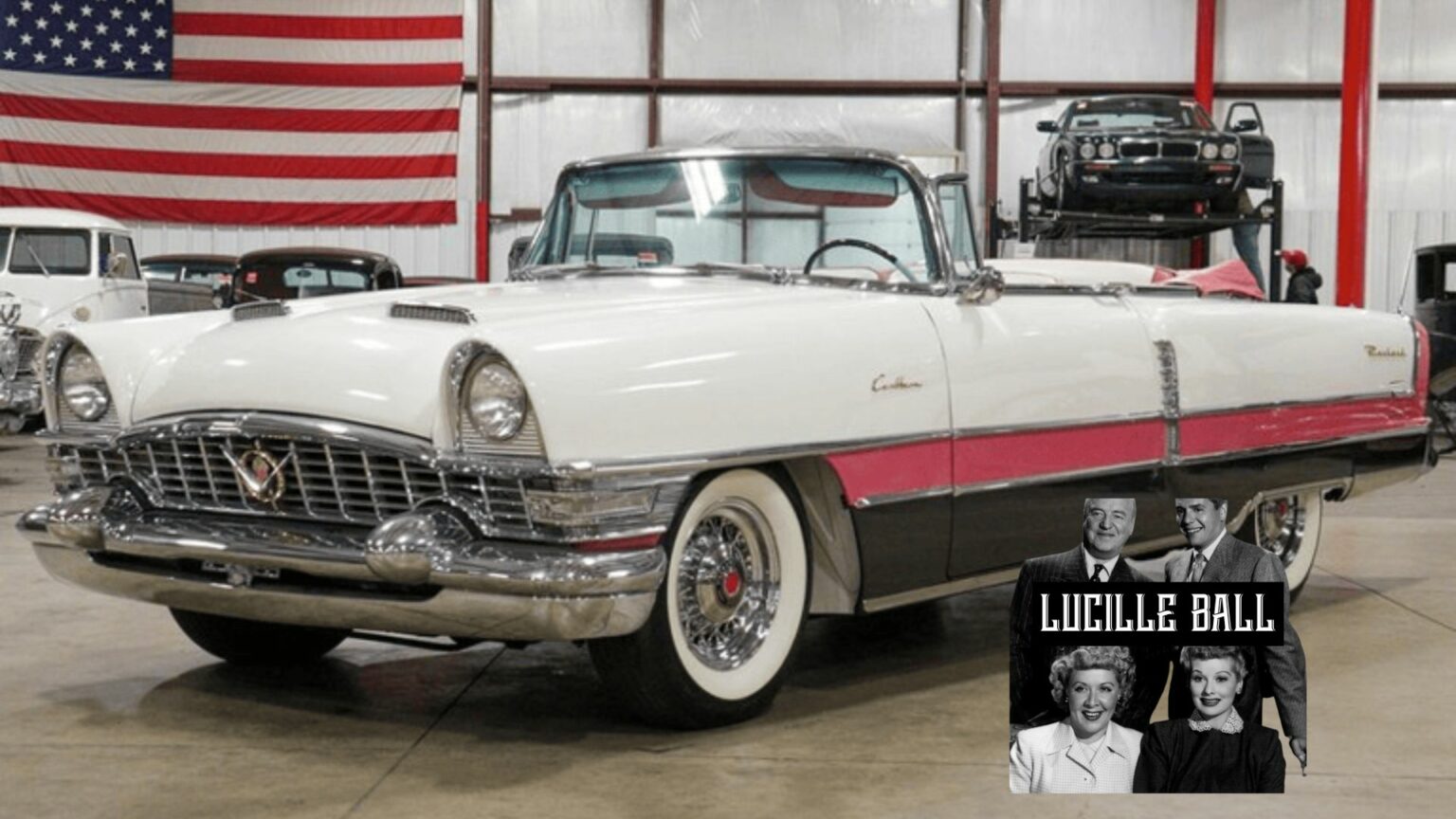
Ever wonder why some classic cars fetch top dollar while others don’t? It’s not just about age or how shiny the paint job is. The value of a classic car ticks up due to a mix of historical significance, rarity, and that intangible ‘cool’ factor.
Historical significance is a massive value booster. Cars that had groundbreaking technology or were the first of their kind often saw their worth climb over time. For instance, the Ford Model T or the Cadillac V16 turned heads for their innovations when they were introduced, and owning one can feel like holding a piece of history.
Rarity can’t be overlooked, either. Low production numbers or models only available for a short period often become highly sought after. Think of the allure of a limited-edition Ferrari or a one-off prototype; the fewer there’s around, the more folks want them.
There’s also the condition and authenticity. A car that’s kept original, maintaining factory parts and finishes, often pulls in more bucks than one that’s been heavily modified. People love authenticity, and a vehicle that stays true to its origins is a diamond in the rough.
Market trends play a crucial role, too. Sometimes, demand for certain models spikes due to pop culture influence or anniversary celebrations. The trick is keeping an eye on these trends and knowing when to buy or sell.
Lastly, the human element—the story that car tells or the connection it makes with its owner. A classic car has to resonate with people, be it through childhood memories or simply invoking a feeling of nostalgia. It’s these stories that add layers of value beyond just the dollar sign.
So, whether you’re looking to invest or just craving that slice of automotive art, understanding what makes a classic desirable can make all the difference. It’s a blend of stats, stories, and a little bit of knowing what turns heads on the curb.
Heritage Preservation: Keeping Your Classic Car in Top Condition
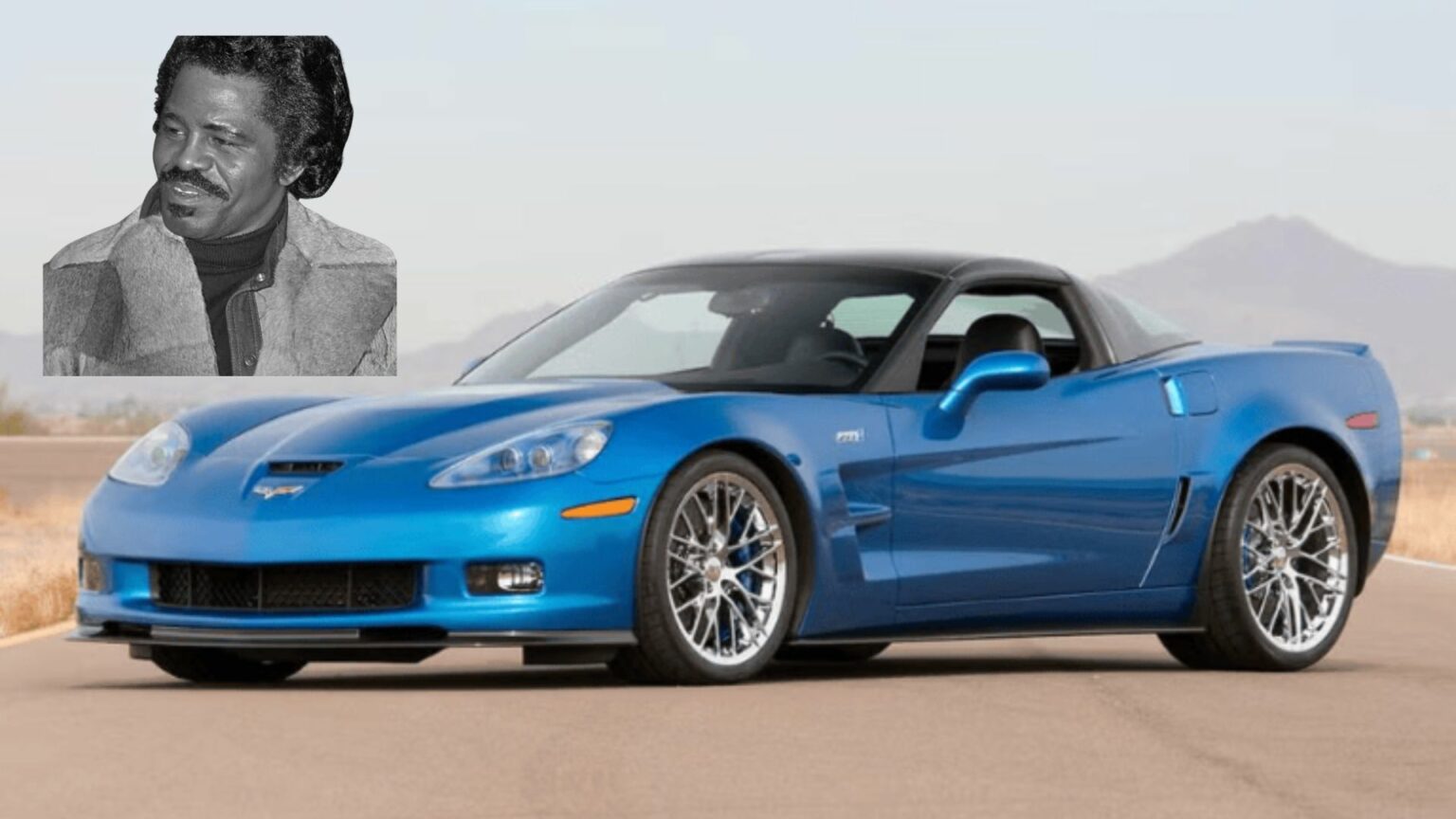
Owning a classic car is not just about flaunting it on the weekend. It demands attention to keep it running like a dream. Regular maintenance is the name of the game here, ensuring these machines remain roadworthy and appealing.
When it comes to finding parts, here’s a challenge. Authenticity is key. Whether it’s hunting down original parts or quality replicas, the quest can be half the fun. There are groups and forums where fellow enthusiasts share tips and sources that can help you snag those hard-to-find components.
Storing your classic ride properly is vital to its preservation. Moisture and temperature swings are the enemy. A dry, stable environment can keep rust and wear at bay. Use a quality car cover even when tucked away to protect from dust and minor accidental scratches.
Deciding between restoring or preserving can be tough. Restoration breathes new life into battered classics, while preservation keeps the patina and stories intact. It’s about what fits your style and purpose for the car. Restoration impresses at shows, preservation wows historians.
Don’t skip professional appraisals for insurance. Knowing your car’s monetary value safeguards it against unforeseen events. Experts take into account market trends, vehicle condition, and rarity, giving you peace of mind that you’re covered.
Ultimately, treating these cars with care ensures they remain testaments to automotive history and personal legacies. They’re not just vehicles—they’re chapters of a story you get to continue.
If you found this article on classic cars interesting and useful, you may also like these:
